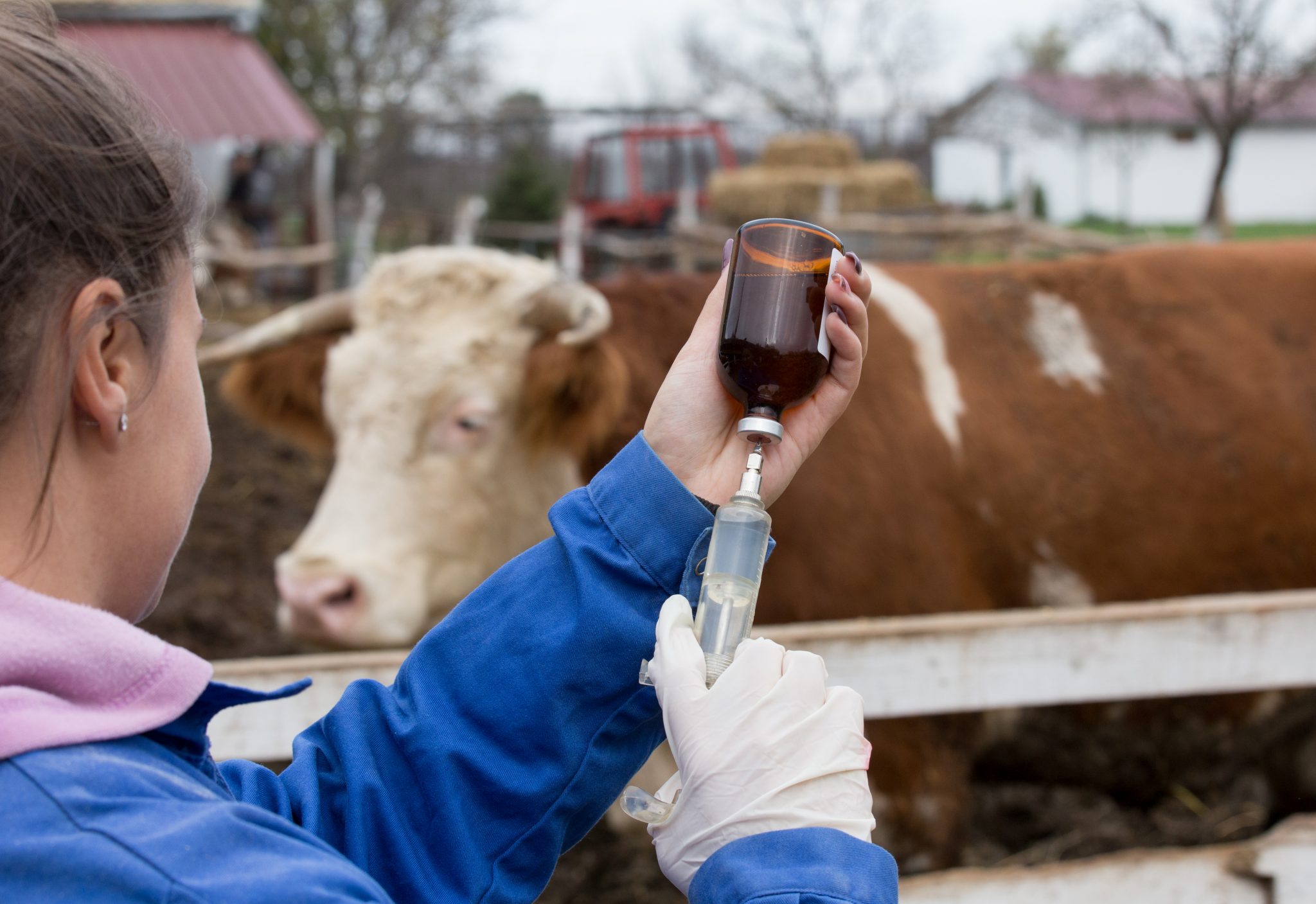Beef

Many livestock antibiotics have always required a veterinary prescription, while some older antibiotics–such as penicillin and oxytetracycline–are still available over the counter. However, things will change this summer in an effort by the US Food and Drug Administration (FDA) to combat antimicrobial resistance. On June 11, 2023, the FDA’s directive, Guidance for the Industry #263, is planned for implementation, meaning that over-the-counter (OTC) antibiotics used in livestock will no longer be available without a prescription from a licensed veterinarian.
It is important to note that livestock antibiotics are not being removed from the marketplace, but they are being brought under veterinary oversight. While this change does not require the purchase of antibiotics from a veterinarian, beginning June 2023, livestock producers will be legally required to obtain a prescription for antibiotics from a licensed veterinarian with whom the producer has a valid veterinary-client-patient relationship. Livestock antibiotics can then be purchased from a variety of online and physical locations that process veterinary prescriptions.
What products are affected?
All livestock antibiotics that are currently available over the counter and that are also used in human medicine will require a veterinary prescription beginning June 2023. This includes, but is not limited, to penicillin, oxytetracycline, sulfa antibiotics, erythromycin, tylosin, and lincomycin.
What products are unaffected?
Products unaffected by the change include ionophores, vaccines, antiparaciticides (dewormers, insect repellants, etc.), most injectable and oral nutritional supplements, oral probiotics and prebiotics, topical nonantibiotic treatments, growth promoting implants, and others. These products will continue to remain available through standard over-the-counter marketing channels.
What can livestock producers do to prepare for these changes?
If you already have a working relationship with a veterinarian, now is the time to consult with them to develop a plan to adjust the way your farm will access livestock antibiotics. If you do not currently have a working relationship with a veterinarian, now is the time to establish a veterinary-client-patient relationship (VCPR) so that you have access to veterinary services in the future, including prescription medications.
What is a veterinary-client-patient relationship?
A VCPR exists under the following parameters:
- A veterinarian has assumed the responsibility for making clinical judgments regarding the health of the animals on a farm/ranch and the client (i.e., livestock producer/owner/caretaker) has agreed to follow the veterinarian’s instructions.
- The veterinarian knows the client and is familiar with the farm/ranch and its practices and is involved in the herd health practices of the farm/ranch.
- The veterinarian and client must ensure that the animals are properly identified, assign meat and milk withdrawal times following administration of animal health products, and abide by these withdrawal times to ensure no illegal drug residues occur.
- The veterinarian is readily available or has arranged for emergency follow-up evaluations in the event of an adverse reaction to treatment.
What should livestock producers not do to prepare for these changes?
While it might be tempting to stock up on these antibiotics, livestock caretakers are advised against this because these products can expire and lose their effectiveness before they are used. The best strategy is to work with your veterinarian when animals need treatment.

